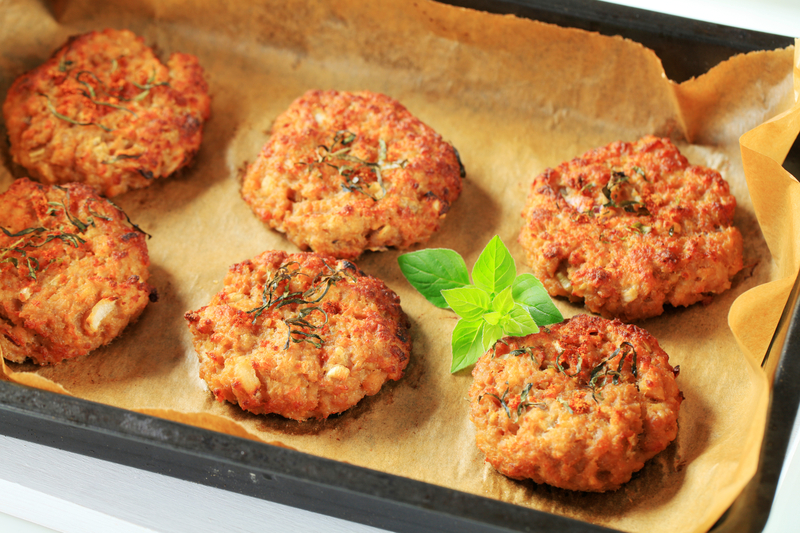 When it comes to cooking and baking, parchment paper is a handy kitchen tool.
When it comes to cooking and baking, parchment paper is a handy kitchen tool.
It’s known for its non-stick properties and ability to make cleanup a breeze.
However, in recent years, there has been growing concern about chemicals in various kitchen products.
This has led many to question whether parchment paper, a seemingly innocuous item, contains any harmful substances.
In this article, we will explore the composition of parchment paper and address the question: Does parchment paper have chemicals?
Understanding Parchment Paper
Before delving into the chemical aspect, it’s essential to understand what parchment paper is and how it’s made.
Parchment paper, also known as baking paper or cooking paper, is a cellulose-based paper that is coated with silicone on both sides.
This silicone coating gives parchment paper its non-stick properties, making it ideal for various culinary applications.
The Silicone Coating
 The key component of parchment paper is its silicone coating.
The key component of parchment paper is its silicone coating.
Silicone is a synthetic polymer made up of silicon, oxygen, carbon, and hydrogen atoms.
It is known for its heat-resistant and non-stick properties, which is why it is commonly used in bakeware, cookware, and kitchen utensils.
Silicone is generally considered safe for food contact.
It is inert and does not react with food or release harmful substances when exposed to high temperatures.
This makes silicone-coated parchment paper a reliable choice for baking and cooking.
Potential Chemical Concerns
While silicone is generally safe, there may be minor concerns about the parchment paper itself, such as the bleaching process and potential additives used during manufacturing.
Some parchment papers are bleached to achieve their white color, which can involve the use of chemicals like chlorine dioxide.
However, many manufacturers now produce unbleached parchment paper, which eliminates this concern.
Additionally, some low-quality parchment papers may use additives or coatings that could potentially contain chemicals of concern.
It’s crucial to choose reputable brands and read product labels to ensure you are getting parchment paper without unnecessary additives.
Regulatory Oversight
 In the United States and many other countries, food contact materials, including parchment paper, are subject to regulatory oversight.
In the United States and many other countries, food contact materials, including parchment paper, are subject to regulatory oversight.
Government agencies like the U.S. Food and Drug Administration (FDA) have established guidelines and standards for the use of materials in contact with food.
Parchment paper manufacturers are expected to comply with these regulations to ensure the safety of their products.
An Example of Unbleached and Natural Parchment Paper
This parchment paper is 15 inches wide and 200 feet long, ideal for jelly roll pans, and includes an attached metal cutter for easy customization.
It offers better value than thinner options with a total area of 250 square feet and is made from extra thick 45gsm parchment.
Crafted from 100% natural wood pulp, it’s unbleached, free from harmful impurities, and has a safe food-grade silicone coating.
Its thickness enhances durability, prevents cracking, and it’s waterproof and oil-resistant, making it easy to clean.
This parchment paper is heat-resistant up to 450℉ and versatile for various cooking needs.
Bottom Line – Does Parchment Paper Have Chemicals?
 In conclusion, parchment paper itself is primarily composed of cellulose paper with a silicone coating.
In conclusion, parchment paper itself is primarily composed of cellulose paper with a silicone coating.
Silicone is considered safe for food contact, and the silicone-coated parchment paper is widely used in cooking and baking without posing significant health risks.
While there may be minor concerns about the bleaching process or potential additives in some low-quality parchment papers, choosing reputable brands and looking for unbleached options can mitigate these concerns.
As with any kitchen product, it’s essential to use parchment paper as intended, follow recommended temperatures and cooking times, and dispose of it properly.
Overall, when used correctly, parchment paper is a valuable tool in the kitchen that can simplify cooking and baking without adding unnecessary chemicals to your meals.


